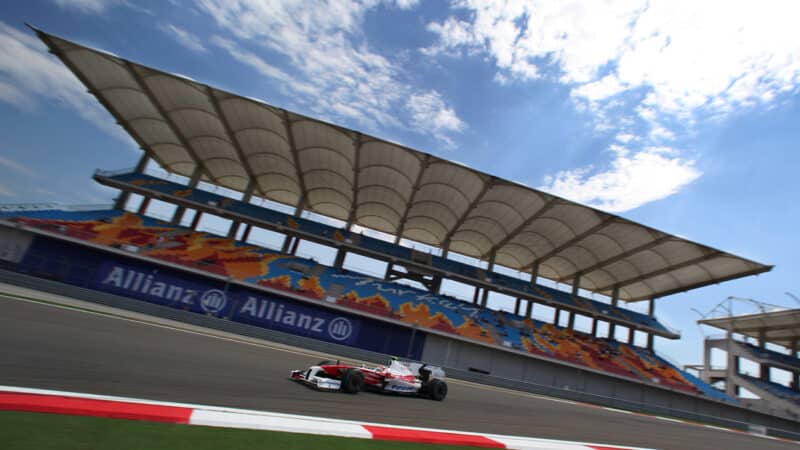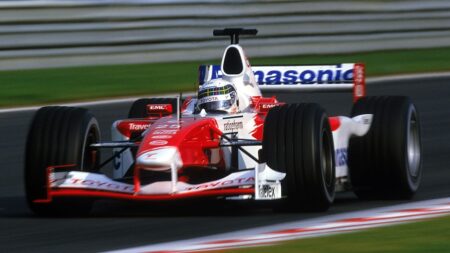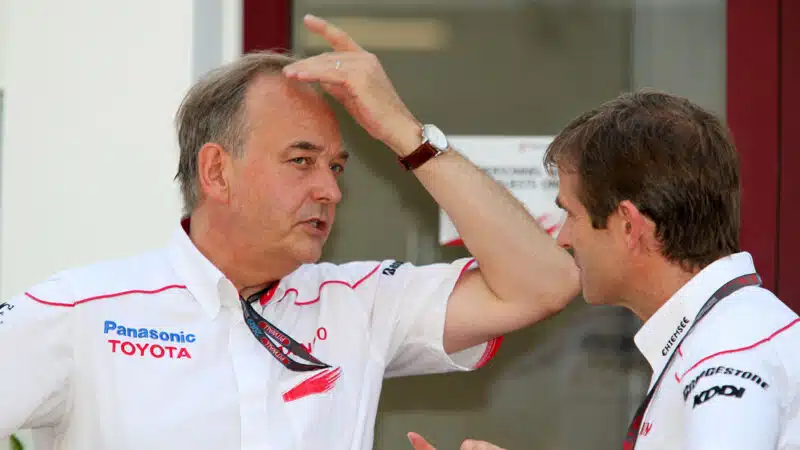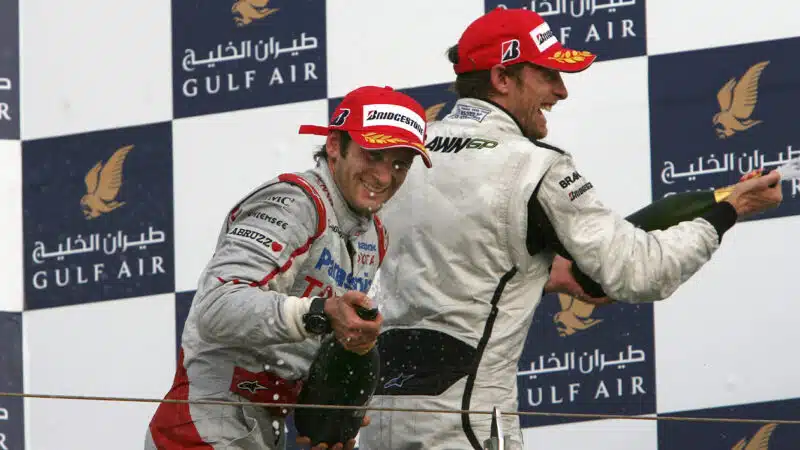I remember speaking to a senior Brawn engineer in an airport lounge during that golden summer of 2009, and, although he has asked me not to name him in the piece that you are now reading, which request I will of course honour, I remember what he told me as though it were yesterday. “When we were Honda,” he said, “we had much more money to splash around, of course we did. Things are much tighter now, budget-wise, obviously. But we’re also infinitely nimbler. Last year, if we wanted to get something done, we had to jump through hoops to get it approved. Now…” – and I remember him frowning as he searched for the right way to phrase the thought that was taking shape in his head – “…the power is in the room. Yes, that’s the difference now. The power is in the f***ing room.” And he grinned in celebration of having successfully coined the mots justes.
At Toyota, the power was never in the room. As a result, its F1 team could never be as nimble as F1 world championship-winning outfits need to be, and as Brawn became after it had been jettisoned by Honda. Toyota’s first F1 team principal, Ove Andersson — who had been a fine rally driver in the 1960s and 1970s then as the head of Toyota’s World Rally Championship team had delivered multiple WRC victories with Juha Kankkunen, Carlos Sainz Sr, Björn Waldegård, and Didier Auriol in the 1980s and 1990s — was always too loyal to the brand, and perhaps too apolitical by nature, to criticise explicitly the too-corporate modus operandi that had been force-fed from Japan into his Toyota F1 factory in Germany. But, chatting with him in F1 paddocks, and reading between the lines of his phlegmatic asides, I always felt that he would prefer to have been given a freer rein.
Why did the Japanese bigwigs supervise so directively Andersson and his senior European lieutenants, a group that included experienced and clever F1 engineers such as Mike Gascoyne and Pascal Vasselon? I think the answer to that very valid question is that they were aware that (a) success would be far harder to come by in F1 than it had been in the WRC, and (b) triumphs and/or, whisper it, disasters would be considerably more high-profile now that the Toyota brand was engaged in the pinnacle of global single-seater circuit racing. As a result, they were as fearful as they were ambitious. The fact that the company’s marketing whizzes had come up with the slogan ‘The car in front is a Toyota’, when in F1 the Toyota was at the time invariably one of the cars behind, did not help either.
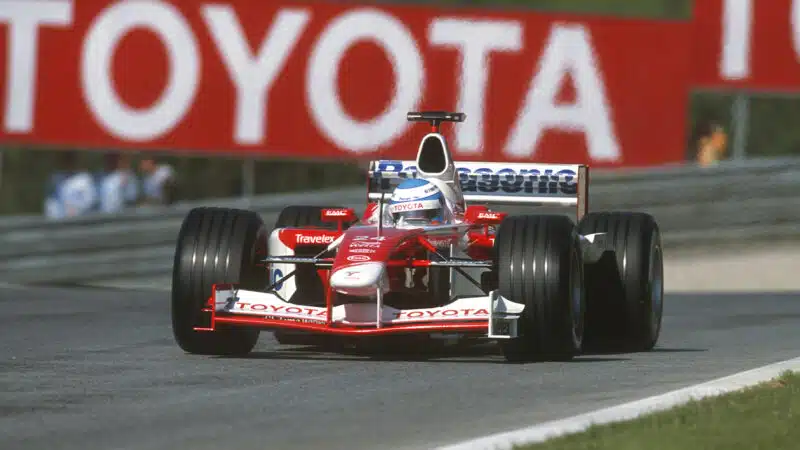
Mika Salo scored two points in 2002, Toyota’s debut F1 season. It was two more than team-mate Allan McNish
If Andersson was Toyota’s motor sport éminence grise — and he really was, for he was already well into his 60s when his Toyota F1 team entered the sport in 2002, and he died in 2008, aged 70, before the end of its tenure — his more corporate foil was John Howett, 14 years his junior, who had become president of Toyota Motorsport in 2003. I always liked him, and I thought he was unfairly maligned. Misunderstood by old-school F1 ‘lifers’ who assumed that he had been parachuted into the team to make sure that Andersson led it in precisely the same manner as the rest of that enormous, and enormously successful, corporation was run – adopting kaizen, or the Toyota way – Howett had to toe the company line to some extent but he was actually a motor sport enthusiast of the old school himself. He had joined Toyota’s WRC team in the 1970s, and, although he then went on to do a number of dull but senior jobs in Toyota’s after-sales departments in the 1980s and 1990s, he was always a racer and a petrolhead at heart.
I remember him once waxing lyrical about the handling of the Lexus IS200 – saying that it was far better-balanced than the more powerful, faster, but heavier IS300 – and he was right, too, because, when I finally tried an IS200 a few years after he had praised it so effusively, I found that, yes indeed, it handled like the proverbial dream. And, years after that, on the morning of the 2022 Japanese Grand Prix, when Aston Martin’s F1 driver ambassador Jessica Hawkins and I were travelling together from our team’s hotel in the unprepossessing city of Tsu to the Suzuka circuit, in a crummy hire car, she spotted an IS200 on the road and exclaimed, “Oh my god! Driving one of those is the most fun you can have with your clothes on!”
